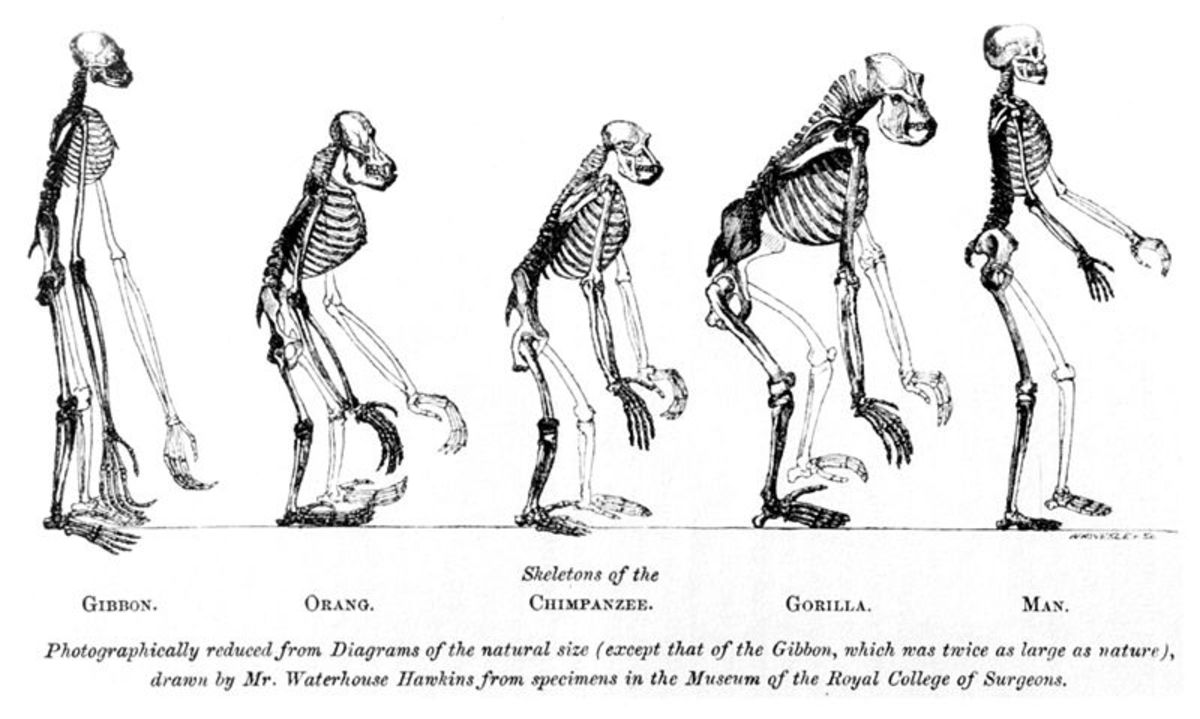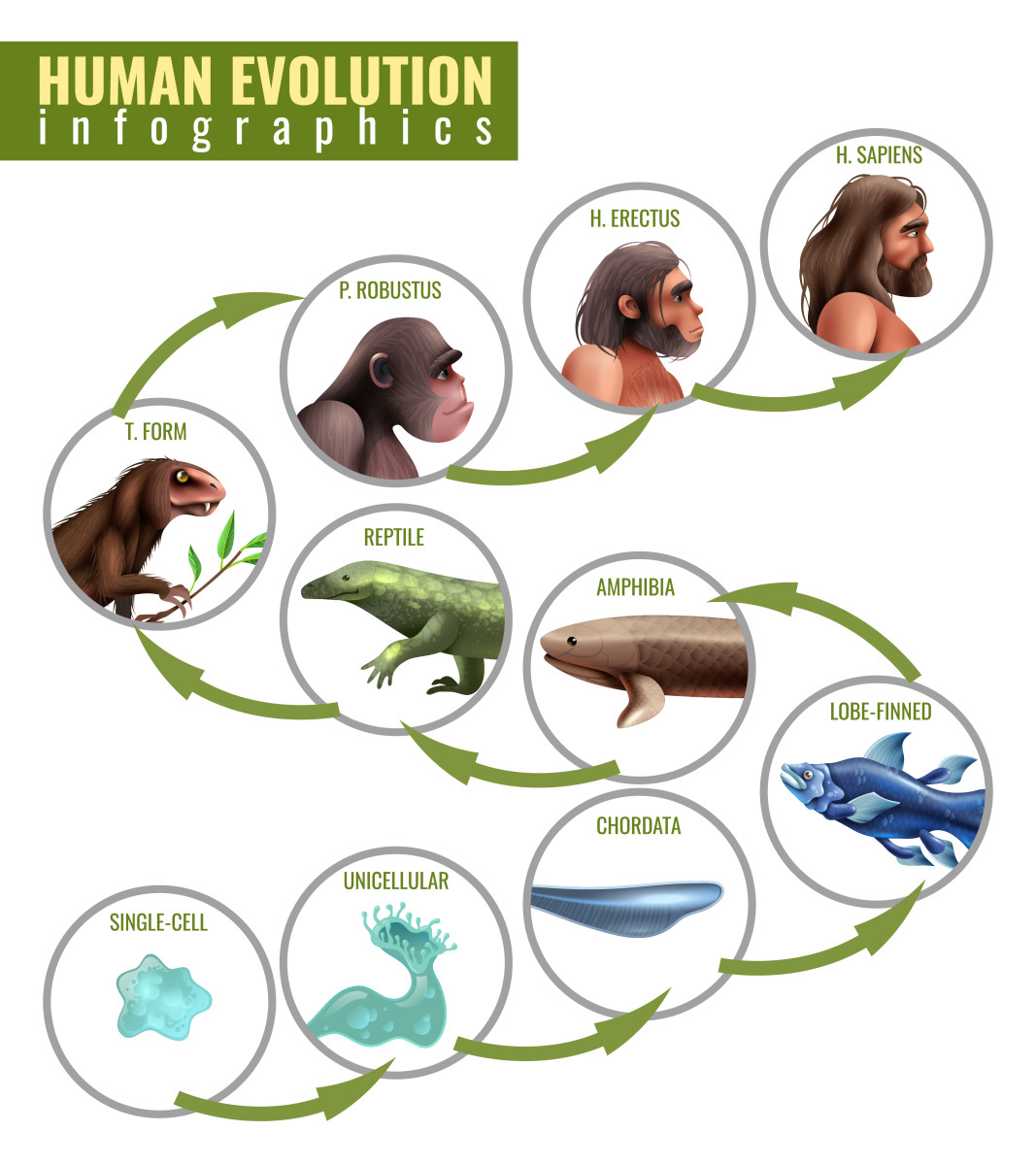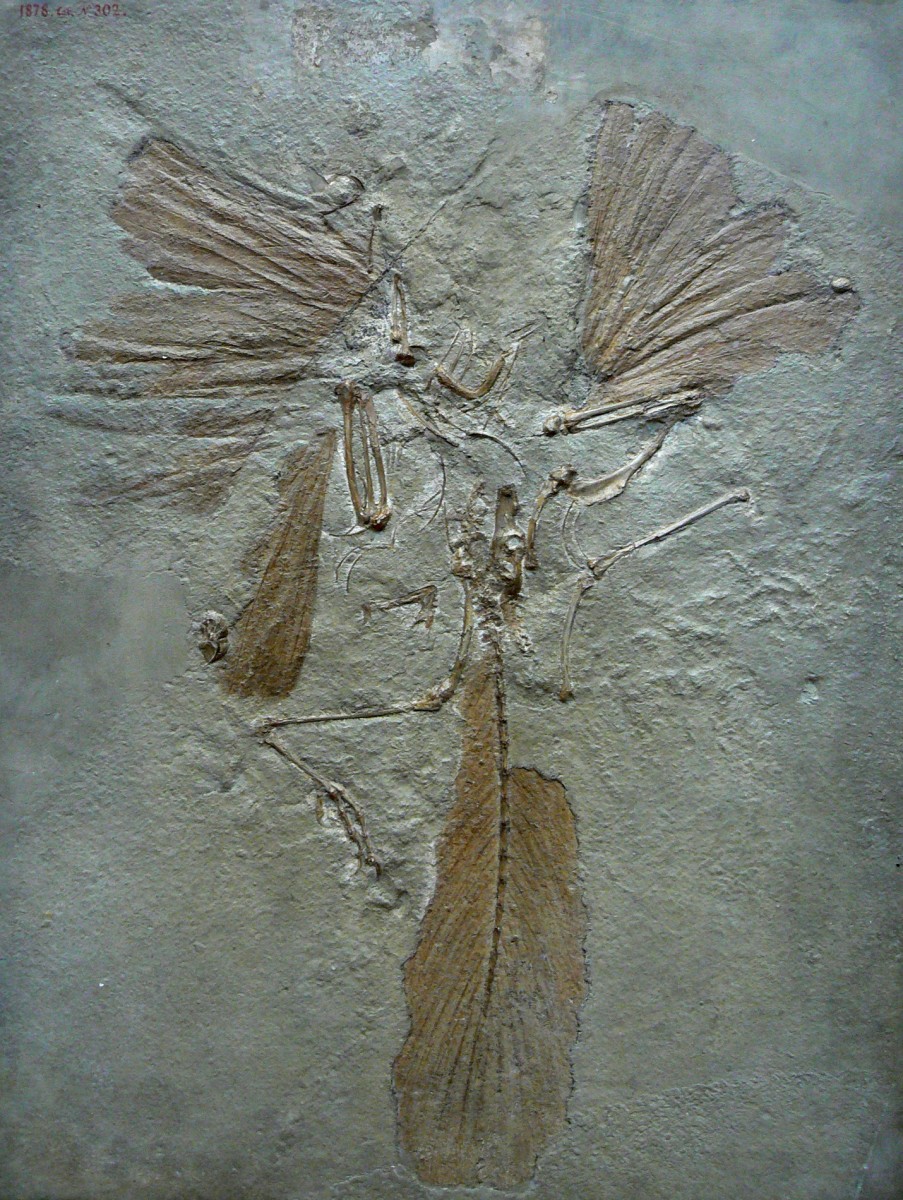Encapsulated Evolution
Encapsulated Evolution
Every single animal that exists on earth today represents the end product of many millions of years of evolutionary development and it has taken evolutionary biologists many, many years of work, not to talk of considerable abuse and scorn from certain quarters, to begin to understand even the broad outlines of this multi-million year saga. Yet, these broad outlines are actually available, and have always been, for the discerning student to follow. The growth of an animal embryo in its mother’s womb, from inception to birth, shows the broad outlines of the development of life on earth.
Taking the human species as an example, the long history of human evolution can be viewed in broad terms by following the growth of the human embryo in its mother’s womb. From the point when the egg is fertilised right up to that when a baby is born, a matter of just 266 days, more or less, every human being living today, as well as all those who have gone before and those who will come in time, recreates the evolutionary wonder that has resulted in the species Homo sapiens sapiens.
The fertilised egg, a single cell is similar to the simple unicellular organisms that heralded the advent of life on earth. Then, in a mere matter of hours, that single cell starts to divide, in geometrical progression, 2, 4, 8, 16, etc., into identical daughter cells each of which has within it the capacity to develop into any one of the myriad specialist cells that make up a human being.
The next step is when these as yet undifferentiated cells form themselves into a little hollow ball made up of two distinctly different cell types: the endoderm which is the inner layer of the ball and the ectoderm, which is the outer layer of the ball. Shortly thereafter, a third layer, the mesoderm, develops separating the ectoderm from the endoderm. At this point, we can fairly say that specialisation has begun; a process which took place over very many, many millions of years in earth’s evolutionary history. Subsequently, no cell from any one layer can give birth to a cell of any of the other two types.
As the embryo continues on its growth path, specialisation continues apace. Thus the ectodermic cells, for instance, develop into skin cells, nervous tissue, etc; the endodermic cells develop into lung cells, cells of the digestive system, etc; and the mesodermic cells develop into muscle cells, bone cells, etc. as this process of increasingly specialised cells, one which actually played out over millions of years in real life, goes on, another eons spanning process is being replicated in the development of the embryo, to wit: the movement of life from the sea to dry land.
By the 4th week of development, for instance, the human embryo exhibits gill-like slits, called branchial arches, in the area which will eventually become the neck. A couple of weeks later, the embryo, now all of 12 millimetres (a mere half inch) long, still exhibits features of marine animals but the branchial arches have started to develop into the upper and lower jaws.
Yet another week, and we can clearly discern what are obvious primate features: arms, legs, visible tail and the like. The arms, like those of many primates, are longer and stronger than the legs at this stage of the embryo’s development; by the time the embryo is born as a human child, these proportions will have being reversed and correspond to the human norm.
A couple of weeks ahead, and the embryo is now exchanging the general primate features, for more specifically human features. Eyes have become part of the front of the face and ears and the jaws are clearly defined. Buttocks are developing and the tail is absorbed into the developing buttocks and the genitals begin to be more clearly defined.
By week 12, the ears have moved up to the level of the eyes and the eyelids are clearly formed. The nails have begun to form and the limbs are properly jointed in the human fashion. In the next several weeks, the faces of individual embryos have developed to the point where individual embryos are clearly distinguishable from other embryos at a similar level of development simply by facial features.
By the 28th week, all of the main human characteristics have formed, although the baby looks more like a wrinkled old person. Over the next ten weeks, the final touches are put into place: the lungs develop and the body fills out. 266 days, give or take, from the moment of conception when the entire process began and, voila, your little bundle of joy pops out into the world.
Encapsulated evolution.








